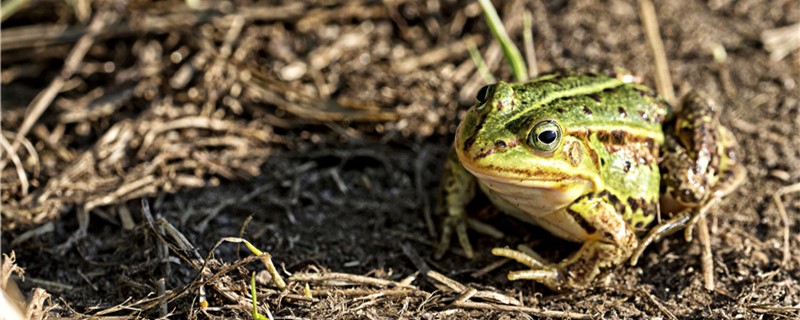 1. How to breed frogs
1. How to breed frogs 1. Breeding place: Frogs are not only in the wild, but also can be farmed artificially. When breeding them, they should first choose a suitable place. If it is cultivated in a large area, it is suggested to set up a relatively large breeding pond to let them live in it. If you breed at home, you can use an aquarium and arrange it in an amphibious pattern. You can start with tadpoles, and you need to disinfect them before putting them in.
2. Feeding: Feeding frogs is also very important. When they are in the tadpole stage, their main food is some plankton in the water, so at this time, they can pay attention to supplementing some organic fertilizer in the culture pond, so that the plankton species in the pond are more abundant. After developing into frogs, they can eat more insects, such as fruit flies, slime insects, corn borer, crickets, etc. In addition, it is ok to feed them some small fish and shrimps properly.
3. Temperature and illumination: In the process of breeding frogs, attention should also be paid to regulating temperature and illumination. The temperature should not be too low, because frogs are temperature-changing animals, and too low temperature will cause their body temperature to be too low. Specifically, the optimum temperature of different frogs is different and can be adjusted concretely. The other is the light, which can't always be very dark.
4. Hygiene: Frog breeding should also pay attention to keeping hygiene, and the environment around frogs should not be very dirty and chaotic, so frogs are easy to get sick. Attention should be paid to cleaning the sundries and garbage in the surrounding environment. In addition, there is a need for water sources, and it is also necessary to ensure that frogs have clean water sources.
2. What food do frogs feedAs mentioned above, when frogs were tadpoles, they mainly ate plankton, so farmers can cultivate a large number of plankton in the culture pond for them to eat. Frogs mainly eat insects. Generally speaking, there are many kinds of insects. All kinds of insects or pests can become frogs' food. In addition, small fish and shrimp for fish can also be eaten by frogs. Frogs can also eat some plants, but on the whole, they prefer to eat animals.